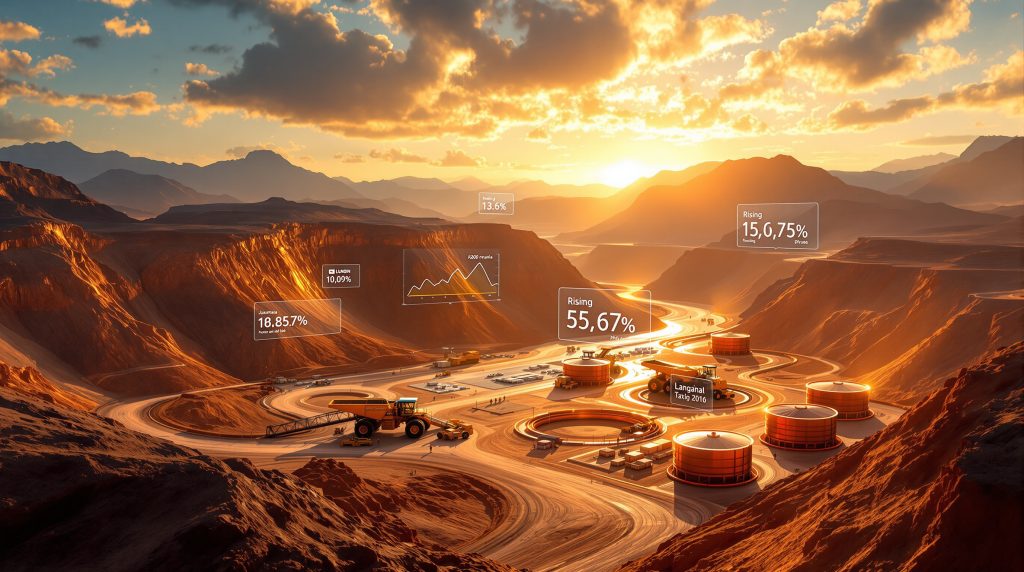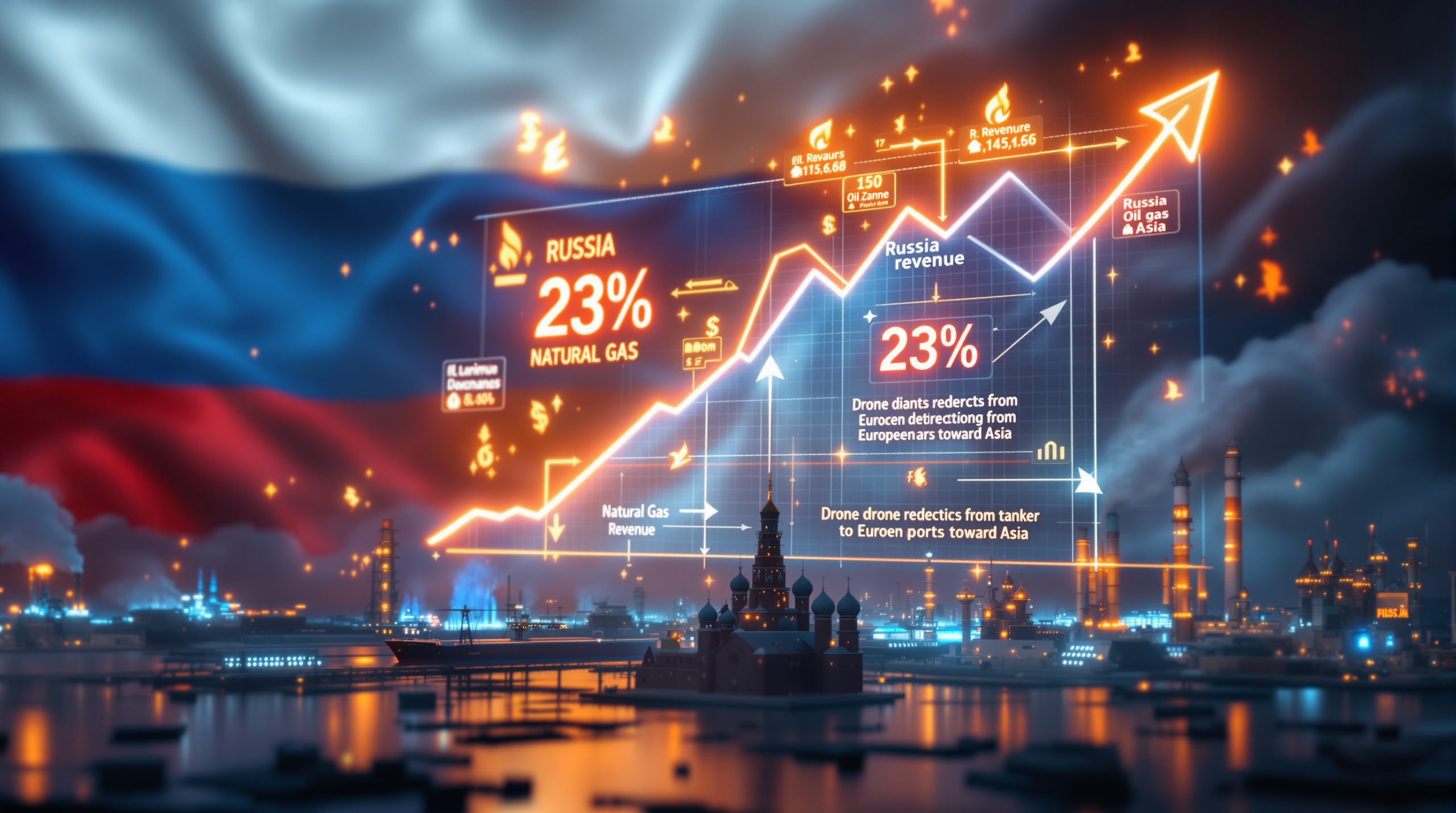Understanding the BHP-Lundin JV Argentine Copper Project The Vicuña Joint Venture represents a strategic collaboration between mining giants BHP and Lundin Mining focused on developing copper resources in Argentina. This partnership aims to establish a significant copper production hub in a region historically underrepresented in global copper markets. By combining their expertise, resources, and financial backing, these companies are positioning themselves to develop what could become one of South America's premier copper mining operations. The significance of this joint venture extends beyond the companies involved. As global demand for copper continues to rise—driven by renewable energy technologies, electric vehicles, and infrastructure development—the Vicuña project represents an important addition to future supply. The partnership also brings substantial foreign investment to Argentina's mining sector, potentially stimulating economic development in the region. How Much is Being Invested in the Argentine Copper Project? The Vicuña Joint Venture is committing more than $400 million in pre-construction activities at the Josemaria deposit in San Juan province, Argentina. This substantial initial investment demonstrates strong confidence in the project's potential and represents one of Argentina's largest foreign investments in recent years. The current funding is strategically allocated to: Site preparation and infrastructure development Environmental studies and permitting processes Engineering and technical assessments Community engagement programs Exploration and resource definition Long-Term Investment Outlook While the initial $400 million investment is significant, it represents just the beginning of what will likely be a multi-billion dollar development project. According to Jose Luis Morea, Vicuña's senior country manager for Argentina and Chile, the joint venture is currently assessing the total development costs, which will encompass both the Josemaria deposit and the nearby Filo del Sol deposit. The project's scope suggests it will require substantial additional investment before reaching production in the 2030s. To qualify for Argentina's investment incentives program (RIGI), projects must meet a minimum investment threshold of $2 billion—indicating the scale of capital expenditure anticipated for full development. What Copper Deposits Are Included in the BHP-Lundin Partnership? The Josemaria Deposit The Josemaria deposit serves as one of the primary assets within the Vicuña JV portfolio. Located in a remote area of Argentina's San Juan province, this copper-gold porphyry deposit represents the initial focus of the joint venture's pre-construction activities. Key aspects of the Josemaria deposit include: Strategic location in San Juan province, Argentina Contains copper, gold, and silver resources Requires significant infrastructure development due to remote location Positioned to become an important component of Argentina's mining sector The Filo del Sol Deposit The second major asset in the Vicuña portfolio is the Filo del Sol deposit, which straddles the Argentina-Chile border. This deposit complements Josemaria and creates opportunities for operational synergies within the joint venture. By integrating these two deposits under a unified operational approach, the JV aims to: Create economies of scale through shared infrastructure Optimize processing capabilities with a single processing facility Establish a regional mining hub in an underexplored area Maximize resource utilization across both properties As Morea explained: "We now have an integrated project that combines two deposits and a single processing facility, creating synergies and unlocking additional value. Everything is on the table, and we are optimizing all available options." What Timeline is Expected for Project Development? Near-Term Milestones and Planning The Vicuña JV is working toward several critical milestones in the project's development timeline: Comprehensive Board Report (March 2026): By the end of March next year, the joint venture plans to present a detailed report to its board outlining: Project progress assessment Processing methodology recommendations Resource evaluation updates Development strategy proposals RIGI Application: The venture is preparing applications for Argentina's investment incentives program, which offers tax, customs, and currency exchange benefits to qualifying projects. Pre-Construction Activities: Ongoing work at the Josemaria deposit continues to lay the groundwork for future development phases. Long-Term Production Outlook While specific production dates remain flexible as planning continues, the joint venture has indicated that operations are expected to commence in the 2030s. This timeline reflects the complex nature of developing large-scale mining projects in remote locations, which typically require: Extensive infrastructure development in previously undeveloped areas Rigorous environmental permitting and stakeholder engagement Detailed engineering and design work for processing facilities Construction of processing facilities and supporting infrastructure Development of transportation networks for concentrate export How Does Argentina's Investment Climate Impact the Project? Regulatory Framework and RIGI Program Argentina's investment climate has evolved significantly under President Javier Milei's administration, with policies increasingly focused on attracting foreign investment. The Vicuña JV is pursuing benefits under the country's RIGI program (Régimen de Incentivo a las Grandes Inversiones), which offers significant advantages for qualifying projects: Tax incentives for major investments Customs benefits for imported equipment and materials Currency exchange protections to mitigate financial risks Regulatory stability provisions to ensure investment security The RIGI program becomes effective in October 2025 for minimum investments of $2 billion and will remain in place until July 2026, with a potential one-year extension. This timing aligns well with the Vicuña project's development schedule. According to Morea, "RIGI is critical. It levels the playing field and allows for the project to be competitive in tax terms when compared to other jurisdictions in Latin America and across the world." Argentina's Mining Sector Transformation Argentina's mining sector is undergoing a significant transformation as the country seeks to capitalize on its substantial mineral resources. Once viewed with caution by international investors due to regulatory uncertainty and state intervention, Argentina is gradually rebuilding investor confidence through policy reforms and investment protections. President Milei's administration has been working to safeguard overseas company investments, helping restore confidence in Argentina as a mining destination. This changing environment has created more favorable conditions for major projects like the BHP-Lundin JV Argentine copper project. The project represents a major vote of confidence in Argentina's mining potential and could serve as a catalyst for additional foreign investment in the sector. If successful, the project would position Argentina as a more significant player in global copper price insights during the 2030s. What Production Capacity is Expected from the BHP-Lundin Project? Integrated Processing Approach The Vicuña JV is developing an integrated approach to processing materials from both the Josemaria and Filo del Sol deposits. This strategy represents a significant optimization compared to developing each deposit independently. Benefits of the integrated approach include: Reduced capital intensity through shared infrastructure Optimized processing circuit design for multiple ore types Enhanced project economics through operational synergies More efficient use of water and energy resources Streamlined permitting and development processes Production Potential and Scale While specific production figures have not been publicly disclosed, Morea has indicated that the operation is expected to rank among the leading copper, gold, and silver mines globally once operational in the 2030s. The scale of investment and the size of the deposits suggest that the project will make a substantial contribution to global copper supply forecast, particularly as demand continues to grow for this essential metal in renewable energy technologies and electric vehicles. Factors that will influence ultimate production capacity include: Final resource definitions at both deposits Processing methodology selected Water availability in this arid region Power supply constraints and solutions Logistical considerations for concentrate transport What Economic Impact Will the Project Have on Argentina? Foreign Investment and Economic Development The Vicuña project represents one of Argentina's largest foreign investments in recent years, with significant implications for the country's economy. The initial $400+ million investment is just the beginning of what will likely be a multi-billion dollar development project. Economic benefits are expected to include: Direct job creation during construction and operations phases Development of supporting industries and services Increased export revenues for Argentina Tax contributions to local and national governments Skills development and technology transfer Foreign currency inflows to support Argentina's economy Regional Development in San Juan Province The remote location of the Josemaria deposit in San Juan province means that project development will bring substantial economic activity to an area that has historically seen limited industrial development. The project's impact on this region could be transformative, including: Infrastructure improvements benefiting local communities Employment opportunities in a region with limited options Business opportunities for local suppliers and service providers Skills development programs for local workforces Community development initiatives in healthcare and education How Does the Project Fit into Global Copper Market Trends? Rising Demand for Copper The Vicuña project comes at a time of increasing global demand for copper, driven by several concurrent trends: Renewable energy infrastructure deployment (solar, wind) Electric vehicle production and charging networks Grid modernization and energy storage systems Industrial automation and digitalization Urbanization and construction in developing economies Industry analysts project that surging copper demand could outpace supply in the coming decades, creating favorable market conditions for new production capacity. The energy transition alone is expected to significantly increase copper requirements, with electric vehicles using up to four times more copper than conventional vehicles. Strategic Positioning For BHP and Lundin Mining, the Vicuña project represents a strategic move to strengthen their positions in the copper market. BHP, already one of the world's largest copper producers, continues to prioritize copper as a growth commodity, while Lundin Mining expands its portfolio of copper assets in South America. The timing of production in the 2030s aligns with projected supply gaps in the global copper market, potentially allowing the venture to benefit from favorable pricing environments as demand for copper in green technologies continues to accelerate. What Environmental Considerations Impact the Project? Sustainability Challenges and Approaches Large-scale mining projects face significant environmental challenges, particularly in remote and ecologically sensitive areas. The Vicuña JV will need to address: Water management in an arid region with limited resources Energy supply and carbon footprint considerations Biodiversity protection in previously undisturbed areas Waste rock and tailings management strategies Land reclamation planning for post-mining landscapes Modern mining practices and technological innovations offer opportunities to minimize environmental impacts while maximizing resource recovery. The joint venture's approach to these challenges will be closely scrutinized by regulators, communities, and investors. Climate Considerations As major mining companies face increasing pressure to reduce carbon emissions, the Vicuña project will likely incorporate climate considerations into its design and operations. Potential approaches may include: Renewable energy integration for processing facilities Electrification of mining equipment to reduce diesel consumption Water recycling and conservation technologies Energy-efficient processing technologies to reduce consumption Carbon offset programs to mitigate unavoidable emissions The project's carbon footprint will be an important consideration in its design and development, particularly as investors and customers increasingly focus on the emissions profile of copper production. Strategic Significance of the BHP-Lundin Copper Project The Vicuña Joint Venture between BHP and Lundin Mining represents a significant development in the global copper industry and Argentina's mining sector. With an initial investment exceeding $400 million and plans for a world-class operation by the 2030s, the project demonstrates confidence in Argentina's mining potential and the long-term outlook for copper demand. As the project advances through pre-construction activities toward development decisions, it will face challenges related to permitting, infrastructure development, community relations, and environmental management. However, the strategic importance of copper in the global transition to renewable energy and electrification provides strong market fundamentals to support the project's development. For Argentina, the project offers an opportunity to establish itself as a significant copper producer, diversifying its mining sector and attracting additional foreign investment. For BHP and Lundin Mining, the joint venture represents a strategic expansion of their copper investment strategies in a region with substantial untapped potential. The BHP-Lundin JV Argentine copper project exemplifies how international mining companies are positioning themselves to meet future copper demand while navigating the complex interplay of geological, technical, financial, social, and environmental factors that determine mining project success in the 21st century. Furthermore, the project demonstrates the increasing importance of gold and copper exploration in meeting global resource needs. Want to Spot the Next Major Mineral Discovery Before the Market? Discovery Alert's proprietary Discovery IQ model provides instant notifications when significant ASX mineral discoveries are announced, giving you the edge to capitalise on opportunities before they become mainstream news. Explore how historic discoveries have generated exceptional returns by visiting the dedicated discoveries page and start your 30-day free trial today.

Paleogeography of the Precambrian Belt Supergroup: Ancient Continental Connections
Discover how the ancient Precambrian Belt Supergroup reveals Earth’s paleogeography



